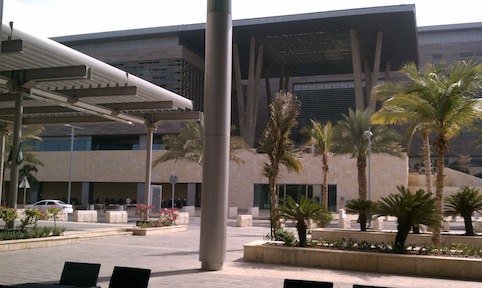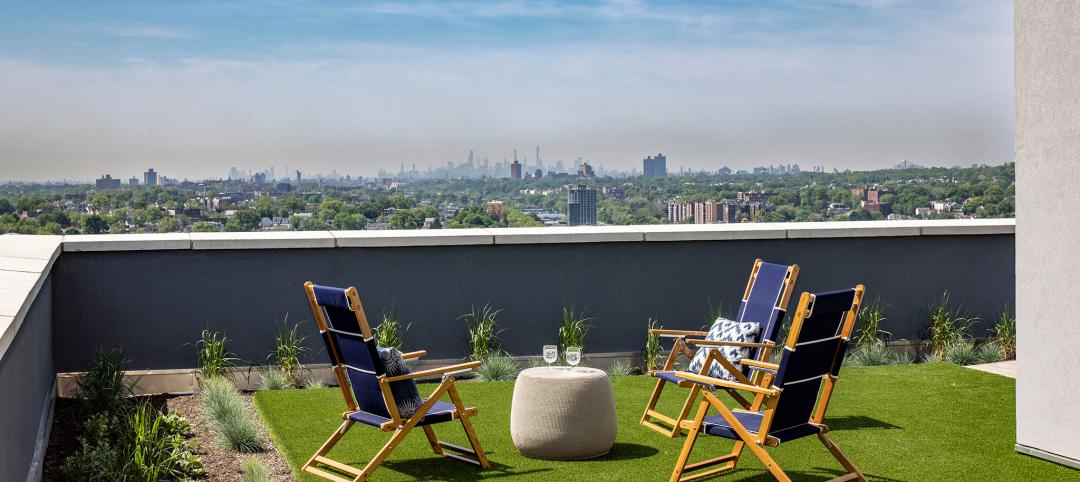The Green Building Certification Institute (GBCI), the third-party certification body for the LEED (Leadership in Energy and Environmental Design) green building rating system, and Bureau Veritas SA, a leading global testing, inspection and certification body, announced a strategic business partnership. As part of the agreement, Bureau Veritas will facilitate LEED certification on behalf of GBCI for LEED green building projects.
“This collaboration with Bureau Veritas helps us take LEED to the next level,” said Rick Fedrizzi, GBCI board member and president, CEO and founding chair, U.S. Green Building Council (USGBC). “Through our collaboration, we will leverage the scale and scope of Bureau Veritas’ operations and quickly build capacity and global reach to deliver best-in-class, third-party certification for LEED.”
“Partnering with GBCI offers Bureau Veritas an active role in LEED, the world’s most widely used green building program,” said Didier Michaud-Daniel, CEO, Bureau Veritas. “LEED certification allows us to expand our certification offerings related to quality, human health, environmental protection and social responsibility: all incredibly important priorities for our clients and the communities in which we work.”
The agreement will allow for enhanced customer engagement and local support for LEED.
“GBCI and Bureau Veritas will be able to offer local touch points and resources for green building teams on the ground in a way that we have never before been able to offer,” said Mahesh Ramanujam, chief operating officer, USGBC, and president, GBCI. “Connecting with our customers and deepening our engagement with them will help accelerate the adoption of green building practices and deliver its benefits to these key economies.
“We want our users to have a positive and seamless experience with LEED, no matter where they are across the globe,” added Ramanujam. “GBCI is building world-class infrastructure to support the uptake of green building around the world.”
Earlier this year, USGBC released its list of the top 10 countries for LEED outside the U.S., with Canada taking the lead, followed by China and India.
“USGBC projects significant growth in green building activity in countries like China, India and Brazil in 2014,” said Ramanujam. “Looking at the LEED project registration and certification trends of these countries and across the globe, it is critical to build up the infrastructure to support this development.”
Worldwide, more than 60,000 commercial projects are using LEED, totaling 11.2 billion gross square feet. Additionally, more than 154,000 residential units are using the LEED for Homes rating system.
The growth of LEED reflects its global adaptability as the world’s most widely used and recognized system guiding the design, construction, operations and maintenance of green buildings. LEED is a critical tool in creating structures that mitigate greenhouse gas emissions; create healthier indoor environments for workers, students and community members; and lower utility bills for building owners through reduced energy and water use.
Related Stories
Multifamily Housing | Aug 23, 2023
Constructing multifamily housing buildings to Passive House standards can be done at cost parity
All-electric multi-family Passive House projects can be built at the same cost or close to the same cost as conventionally designed buildings, according to a report by the Passive House Network. The report included a survey of 45 multi-family Passive House buildings in New York and Massachusetts in recent years.
Regulations | Aug 23, 2023
Gas industry drops legal challenge to heat pump requirement in Washington building code
Gas and construction industry groups recently moved to dismiss a lawsuit they had filed to block new Washington state building codes that require heat pumps in new residential and commercial construction. The lawsuit contended that the codes harm the industry groups’ business, interfere with consumer energy choice, and don’t comply with federal law.
Sustainability | Aug 15, 2023
Carbon management platform offers free carbon emissions assessment for NYC buildings
nZero, developer of a real-time carbon accounting and management platform, is offering free carbon emissions assessments for buildings in New York City. The offer is intended to help building owners prepare for the city’s upcoming Local Law 97 reporting requirements and compliance. This law will soon assess monetary fines for buildings with emissions that are in non-compliance.
Resiliency | Aug 7, 2023
Creative ways cities are seeking to beat urban heat gain
As temperatures in many areas hit record highs this summer, cities around the world are turning to creative solutions to cope with the heat. Here are several creative ways cities are seeking to beat urban heat gain.
Government Buildings | Aug 7, 2023
Nearly $1 billion earmarked for energy efficiency upgrades to federal buildings
The U.S. General Services Administration (GSA) recently announced plans to use $975 million in Inflation Reduction Act funding for energy efficiency and clean energy upgrades to federal buildings across the country. The investment will impact about 40 million sf, or about 20% of GSA’s federal buildings portfolio.
Codes and Standards | Aug 7, 2023
Cambridge, Mass., requires net-zero emissions for some large buildings by 2035
The City of Cambridge, Mass., recently mandated that all non-residential buildings—including existing structures—larger than 100,000 sf meet a net-zero emissions requirement by 2035.
Sustainability | Jul 27, 2023
USGBC warns against building energy code preemptions, rollbacks
In a recent editorial, the USGBC cited a growing number of U.S. state legislators who are “aiming to roll back building energy code standards and/or preempt local governments from advancing energy-efficient building codes.”
Resiliency | Jul 27, 2023
'Underground climate change' can damage building foundations, civil infrastructure
A phenomenon known as “underground climate change” can lead to damage of building foundations and civil infrastructure, according to a researcher at Northwestern University. When the ground gets hotter, it can expand and contract, causing foundations to move and sometimes crack.
Sustainability | Jul 26, 2023
Carbon Neutrality at HKS, with Rand Ekman, Chief Sustainability Officer
Rand Ekman, Chief Sustainability Officer at HKS Inc., discusses the firm's decarbonization strategy and carbon footprint assessment.
High-rise Construction | Jul 25, 2023
World's largest market-rate, Phius Design-certified multifamily high-rise begins leasing
The Phius standard represents a "sweet spot" for aggressive decarbonization and energy reduction, while remaining cost-effective.

















